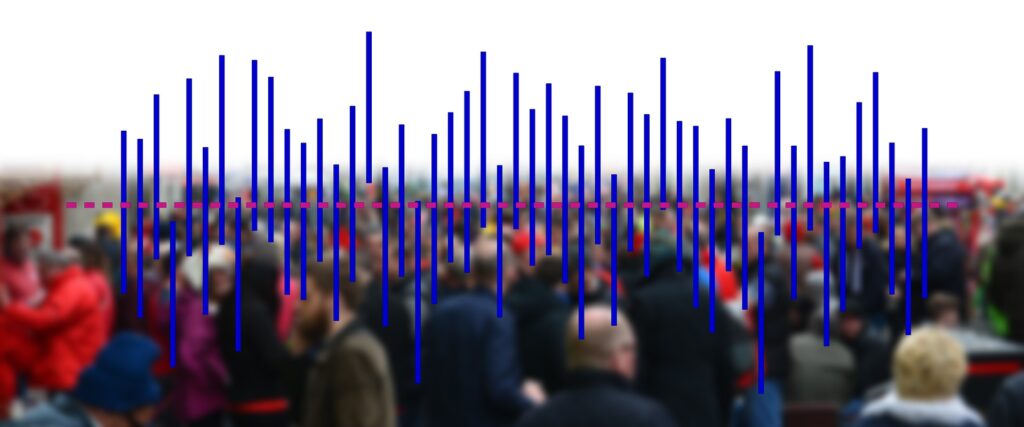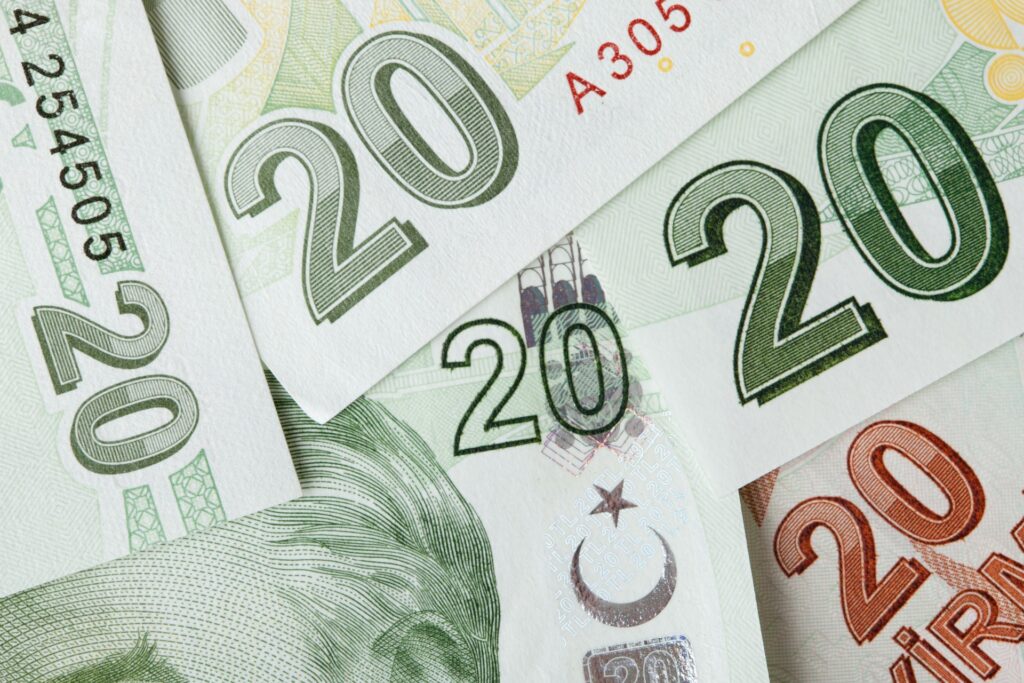Turkey Facts
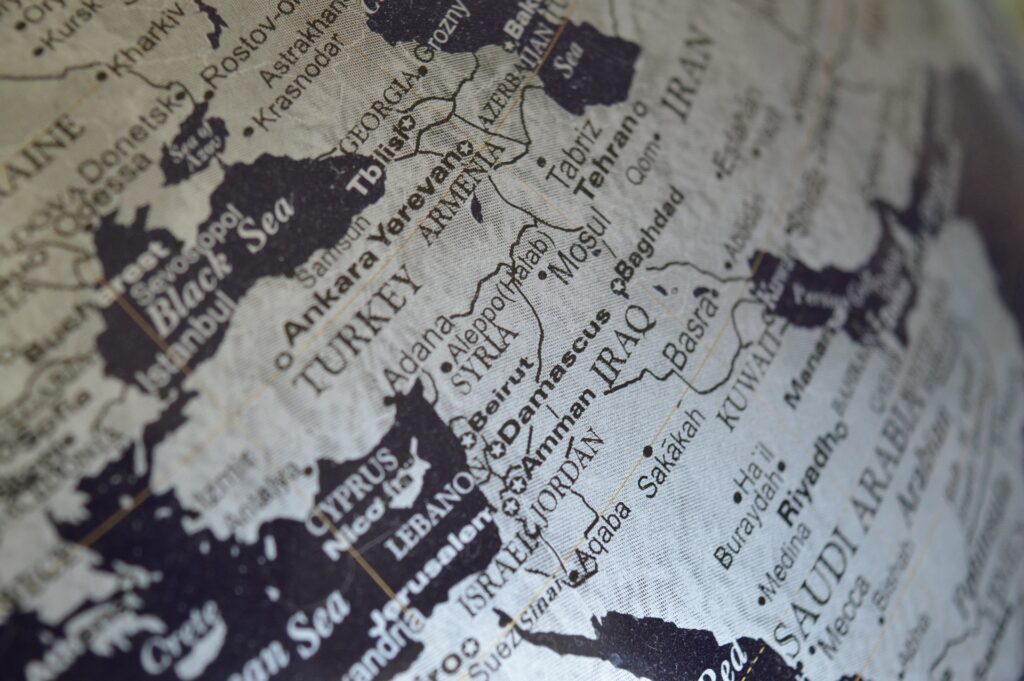
Geography
Southeastern Europe and Southwestern Asia, bordering the Black Sea, between Bulgaria and Georgia, and bordering the Aegean Sea and the Mediterranean Sea, between Greece and Syria
Location
Southeastern Europe and Southwestern Asia, bordering the Black Sea, between Bulgaria and Georgia, and bordering the Aegean Sea and the Mediterranean Sea, between Greece and Syria
Geographic coordinates
39 00 N, 35 00 E
Area
Total: 780,580 sq km
Land: 770,760 sq km
Water: 9,820 sq km
Land boundaries
Total: 2,648 km
Border countries: Armenia 268 km, Azerbaijan 9 km, Bulgaria 240 km, Georgia 252 km, Greece 206 km, Iran 499 km, Iraq 352 km, Syria 822 km
Coastline
7,200 km
Climate
Temperate; hot, dry summers with mild, wet winters; harsher in interior
Elevation extremes
Lowest point: Mediterranean Sea 0 m
Highest point: Mount Ararat 5,166 m
Natural resources
coal, iron ore, copper, chromium, antimony, mercury, gold, barite, borate, celestite (strontium), emery, feldspar, limestone, magnesite, marble, perlite, pumice, pyrites (sulfur), clay, arable land, hydropower
Environment
Party to: Air Pollution, Antarctic Treaty, Biodiversity, Climate Change, Desertification, Endangered Species, Hazardous Wastes, Ozone Layer Protection, Ship Pollution, Wetlands
signed, but not ratified: Environmental Modification
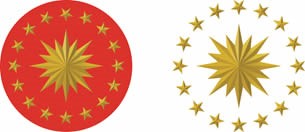
Government
Executive power is carried out by the President of the Republic in conformity with the Constitution and laws
Country name
Conventional long form: Republic of Turkiye
Conventional short form: Turkiye
Local long form: Türkiye Cumhuriyeti
Local short form: Türkiye
Government type
Presidential system
Republican parliamentary democracy
Capital
Ankara
Legal system
Civil law system derived from various European continental legal systems, member of the European Court of Human Rights (ECHR)
Independence
29 October 1923
National holiday
Republic Day, 29 October (1923)
Administrative divisions
81 provinces (iller, singular – il); Adana, Adiyaman, Afyonkarahisar, Agri, Aksaray, Amasya, Ankara, Antalya, Ardahan, Artvin, Aydin, Balikesir, Bartin, Batman, Bayburt, Bilecik, Bingol, Bitlis, Bolu, Burdur, Bursa, Canakkale, Cankiri, Corum, Denizli, Diyarbakir, Duzce, Edirne, Elazig, Erzincan, Erzurum, Eskisehir, Gaziantep, Giresun, Gumushane, Hakkari, Hatay, Icel (Mersin), Igdir, Isparta, Istanbul, Izmir, Kahramanmaras, Karabuk, Karaman, Kars, Kastamonu, Kayseri, Kilis, Kirikkale, Kirklareli, Kirsehir, Kocaeli, Konya, Kutahya, Malatya, Manisa, Mardin, Mugla, Mus, Nevsehir, Nigde, Ordu, Osmaniye, Rize, Sakarya, Samsun, Sanliurfa, Siirt, Sinop, Sirnak, Sivas, Tekirdag, Tokat, Trabzon, Tunceli, Usak, Van, Yalova, Yozgat, Zonguldak, Aksaray, Bayburt, Karaman, Kırıkkale, Batman, Şırnak, Bartın, Ardahan, Iğdır, Yalova, Karabük, Kilis, Osmaniye, Düzce
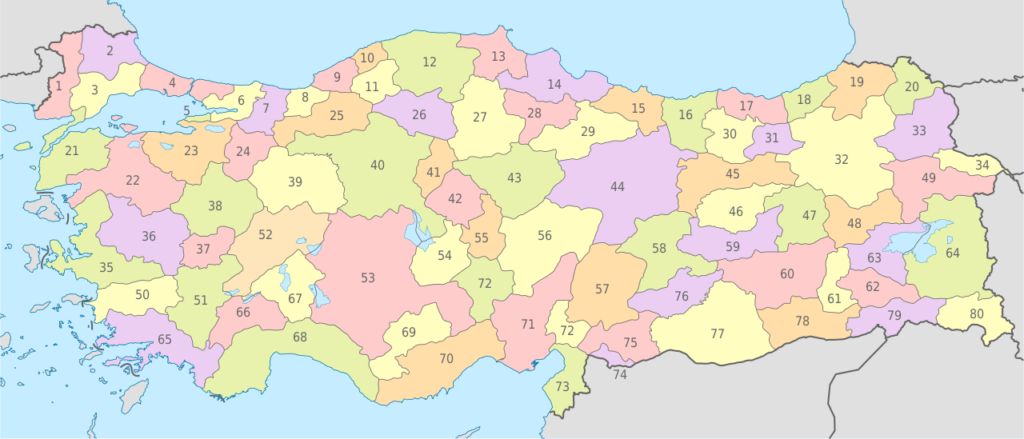
Executive branch
Presidential Cabinet consists of President, Vice President and ministers: Justice, Family and Social Services, Labor and Social Security, Environment Urbanization And Climate Change, Foreign Affairs, Energy and Natural Resources, Youth and Sports, Treasury And Finance, Interior, Culture and Tourism, National Education, National Defense, Health, Industry and Technology, Agriculture and Forestry, Trade, Transport and Infrastructure.
Legislative branch
The total number of members is 600. The total number of members shall be taken into account in calculating the required majority for meetings and decisions as stated in the Constitution, the Rules of Procedure, and laws. A legislative term, which is the period between two general elections, is five years unless it is extended in accordance with the Constitution or the elections are renewed.
Judicial branch
Constitutional Court; High Court of Appeals (Yargitay); Council of State (Danistay); Court of Accounts (Sayistay); Military High Court of Appeals; Military High Administrative Court
Political parties
AP (Justice Party), AK Parti (Justice and Development Party), ANAP (Motherland Party), BTP Bağımsız Türkiye Partisi, BBP Büyük Birlik Partisi, CHP (Republican People’s Party), DEVA Demokrasi ve Atılım Partisi, DP Demokrat Parti, DSP (Democratic Left Party), EMEP Emek Partisi, GP Gelecek Partisi, GP Genç Parti, HDP Halkların Demokratik Partisi, İYİ Parti, HÜDA PAR Hür Dava Partisi, MP Memleket Partisi, MİLLET Millet Partisi, MHP (Nationalist Action Party), MYP Muhafazakâr Yükseliş Partisi, SP (Felicity Party), SOL Sol Parti, TDP Türkiye Değişim Partisi, TİP Türkiye İşçi Partisi, TKH Türkiye Komünist Hareketi, TKP Türkiye Komünist Partisi, VP Vatan Partisi, YRP Yeniden Refah Partisi
Political pressure groups
Confederation of Public Sector Unions or KESK, Confederation of Revolutionary Workers Unions or DISK, Independent Industrialists’ and Businessmen’s Association or MUSIAD, Moral Rights Workers Union or Hak-Is, Turkish Confederation of Employers’ Unions or TISK, Turkish Confederation of Labor or Turk-Is, Turkish Confederation of Tradesmen and Craftsmen or TESK, Turkish Industrialists’ and Businessmen’s Association or TUSIAD, Turkish Union of Chambers of Commerce and Commodity Exchanges or TOBB
International organization participation
AsDB, Australia Group, BIS, BSEC, CE, CERN (observer), EAPC, EBRD, ECO, EU (applicant), FAO, IAEA, IBRD, ICAO, ICC, ICFTU, ICRM, IDA, IDB, IEA, IFAD, IFC, IFRCS, IHO, ILO, IMF, IMO, Interpol, IOC, IOM, IPU, ISO, ITU, MIGA, NATO, NEA, NSG, OAS (observer), OECD, OIC, OPCW, OSCE, PCA, SECI, UN, UNCTAD, UNESCO, UNHCR, UNIDO, UNMIS, UNOMIG, UNRWA, UPU, WCO, WEU (associate), WFTU, WHO, WIPO, WMO, WToO, WTO, ZC
Flag description
Red with a vertical white crescent (the closed portion is toward the hoist side) and white five-pointed star centered just outside the crescent opening. G:1,
A:1/2G, B:1/2G, C:1/16G, D:0.4G, E:1/3G, F:1/4G, L:1.5G, M:1/30G
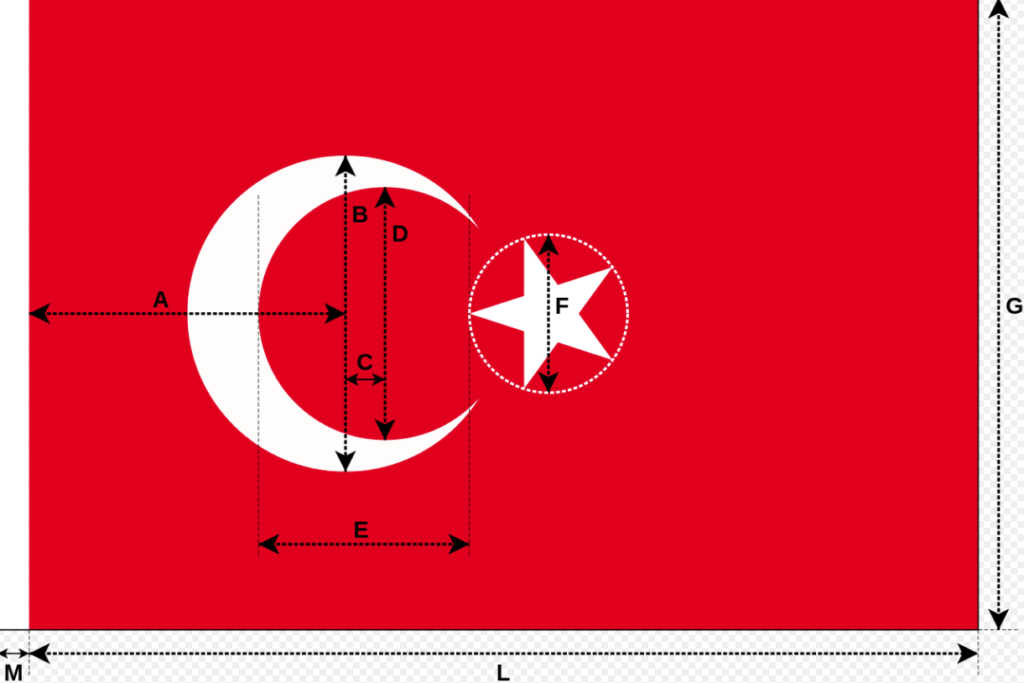
Population
13,648,270 (1927)
70,413,958 (July 2006 est.)
84,680,273 (2021)
85,000,000 (December 2022)
Age structure
0-14 years: 25.5% (male 9,133,226/female 8,800,070)
15-64 years: 67.7% (male 24,218,277/female 23,456,761)
65 years and over: 6.8% (male 2,198,073/female 2,607,551) (2006 est.)
Median age:
Total: 21.2 years
Male: 19.1 years
Female: 23.4 years (1935)
Total: 28.1 years
Male: 27.9 years
Female: 28.3 years (2006)
Total: 33.1 years
Male: 32.4 years
Female: 33.8 years (2021)
Population growth rate
2.11% (1935)
1.06% (2006 est.)
1.27% (2021)
Birth rate
16.62 births/1,000 population (2006 est.)
Death rate
5.97 deaths/1,000 population (2006 est.)
Net migration rate
-1.54 migrant(s)/1,000 population 2022 est.
0 migrant(s)/1,000 population (2006)
1,792,036 Foreigners living in Turkey (2021)
2,777,797 people moved between cities in Turkey (2021)
Sex ratio
at birth: 1.05 male(s)/female
under 15 years: 1.04 male(s)/female
15-64 years: 1.03 male(s)/female
65 years and over: 0.84 male(s)/female
total population: 1.02 male(s)/female (2006 est.)
| Male | Female | |
| 1927 | 6,563,879 | 7,084,391 |
| 2021 | 42,428,101 | 42,252,172 |
Infant mortality rate
total: 39.69 deaths/1,000 live births
male: 43.27 deaths/1,000 live births
female: 35.93 deaths/1,000 live births (2006 est.)
Life expectancy at birth
total population: 72.62 years
male: 70.18 years
female: 75.18 years (2006 est.)
Total fertility rate
1.92 children born/woman (2006 est.)
Religions
Muslim 99.8% (mostly Sunni), other 0.2% (mostly Christians and Jews)

Languages
Turkish (official), Kurdish, Dimli (or Zaza), Azeri, Kabardian note: there is also a substantial Gagauz population in the Europe part of Turkey
Literacy: age 15 and over can read and write
total population: 86.5%
male: 94.3%
female: 78.7% (2003 est.)
Inflation rate
7.7% in 2005 – a 30-year low
As of november 2022, Consumer price index (CPI) realized as 84.39% annually and 2.88% monthly
GDP
GDP by production approach increased by 43.6% compared to the previous year and reached 7 trillion 248 billion 789 million TRY at current prices in 2021. In 2021, manufacturing industry had the largest share with 22.2%. Manufacturing industry was followed by wholesale and retail trade and transport and storage industry with 13.0% and 8.8%, respectively. Services of households as employers had the lowest share in GDP.
Labor force
24.7 million
note: about 1.2 million Turks work abroad (2005 est.)
57,497,905 (2021)
Labor force – by occupation:
agriculture: 35.9%
industry: 22.8%
services: 41.2% (3rd qtr. 2004)
Unemployment rate:
10.2% plus underemployment of 4% (2005 est.)
Population below poverty line:
20% (2002)
Budget
revenues: $93.58 billion
expenditures: $115.3 billion; including capital expenditures of $NA (2005 est.)
Public debt
68% of GDP (2005 est.)
Agriculture – products
tobacco, cotton, grain, olives, sugar beets, pulse, citrus; livestock
Industries
textiles, food processing, autos, electronics, mining (coal, chromite, copper, boron), steel, petroleum, construction, lumber, paperIndustrial production growth rate: 5.9% (2005 est.)
Electricity – production: 133.6 billion kWh (2003)
Electricity – consumption: 140.3 billion kWh (2005)
Electricity – exports: 600 million kWh (2002)
Electricity – imports: 1.2 billion kWh (2002)
Oil – production: 50,000 bbl/day (2005 est.)
Oil – consumption: 715,100 bbl/day (2005 est.)
Oil – exports: 46,110 bbl/day (2001)
Oil – imports: 616,500 bbl/day (2001)
Oil – proved reserves: 288.4 million bbl (1 January 2002)
Natural gas – production: 560 million cu m (2003 est.)
Natural gas – consumption: 22.6 billion cu m (2005 est.)
Natural gas – exports: 0 cu m (2001 est.)
Natural gas – imports: 15.75 billion cu m (2001 est.)
Natural gas – proved reserves: 8.495 billion cu m (1 January 2002)
Current account balance
-$23.08 billion (2005 est.)
Exports
$72.49 billion f.o.b. (2005 est.)
Exports – commodities:
apparel, foodstuffs, textiles, metal manufactures, transport equipment
Exports – partners:
Germany 12.9%, UK 8.1%, Italy 7.6%, US 6.7%, France 5.2%, Spain 4.1% (2005)
Imports
$101.2 billion f.o.b. (2005 est.)
Imports – commodities:
machinery, chemicals, semi-finished goods, fuels, transport equipment
Imports – partners:
Germany 11.7%, Russia 11%, Italy 6.5%, China 5.9%, France 5%, US 4.6%, UK 4% (2005)
Currency (code)
Turkish lira (TRL)
Exchange rates
Turkish liras per US dollar – 1.3436 (2005), 1.4255 (2004), 1.5009 (2003), 1.5072 (2002), 1.2256 (2001)
note: on 1 January 2005 the old Turkish Lira (TRL) was converted to new Turkish Lira (YTL) at a rate of 1,000,000 old to 1 new Turkish Lira
Daily exchange rates YTL x EURO (1/1/2006-30/10/2006)
Daily exchange rates YTL x USD (1/1/2006-30/10/2006)

Communications
Telephones – main lines in use: 19,125,200 (2004)
Telephones – mobile cellular: 34,707,500 (2004)
international: country code – 90; international service is provided by three submarine fiber-optic cables in the Mediterranean and Black Seas, linking Turkey with Italy, Greece, Israel, Bulgaria, Romania, and Russia; also by 12 Intelsat earth stations, and by 328 mobile satellite terminals in the Inmarsat and Eutelsat systems (2002)
Radio broadcast stations
AM 16, FM 107, shortwave 6 (2001)
Television broadcast stations
635 (plus 2,934 repeaters) (1995)
Internet
Internet country code: .tr
Internet hosts: 753,394 (2005)
Internet users: 5.5 million (2003)
Airports
117 (2006)
Heliports
18 (2006)
Pipelines
gas 3,177 km; oil 3,562 km (2004)
Railways
8,697 km
Roadways
347,553 km
Waterways
1,200 km (2005)
What is the population of Turkey?
Population reached to 85,000,000 as of December 2022. That is an increase of %20.71 compared to 70,413,958 in July 2006.
What is the area of Turkey?
Total area of Turkey is 780,580 sq km with 770,760 sq km of land and 9,820 sq km of water
How to draw Turkish flag?
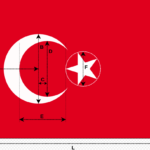
If you take G as 1 unit;
G:1
A:1/2G
B:1/2G
C:1/16G
D:0.4G
E:1/3G
F:1/4G
L:1.5G
M:1/30G
Here is a sample image

